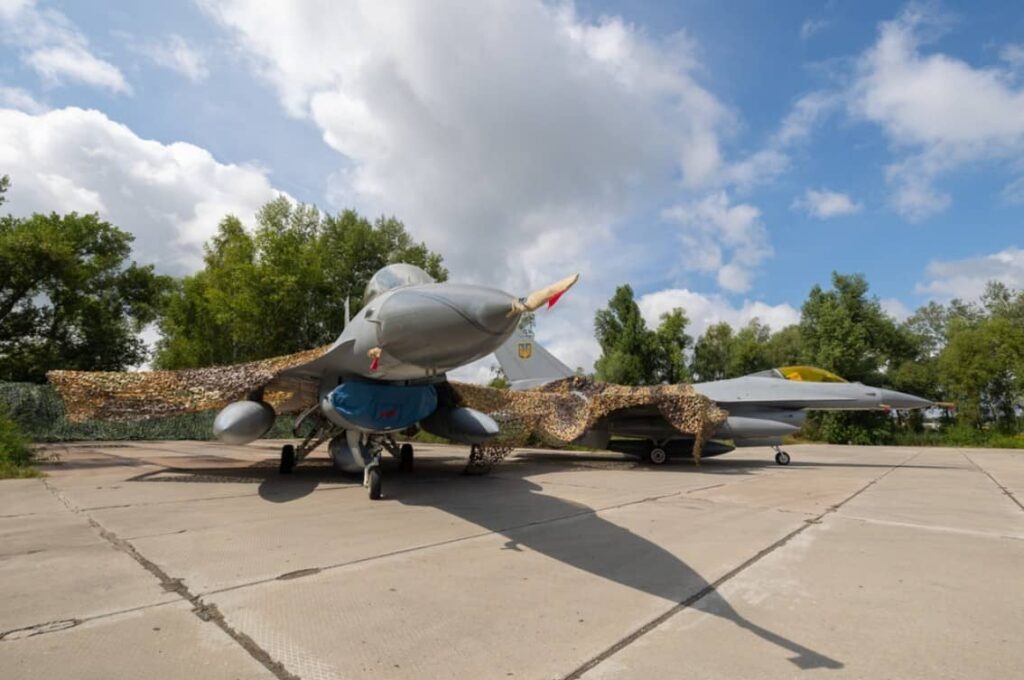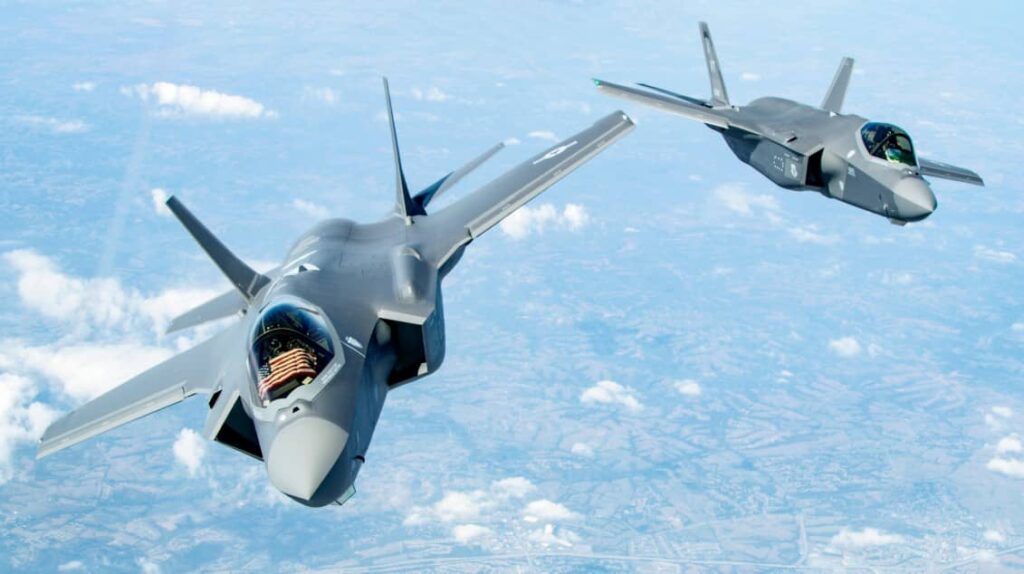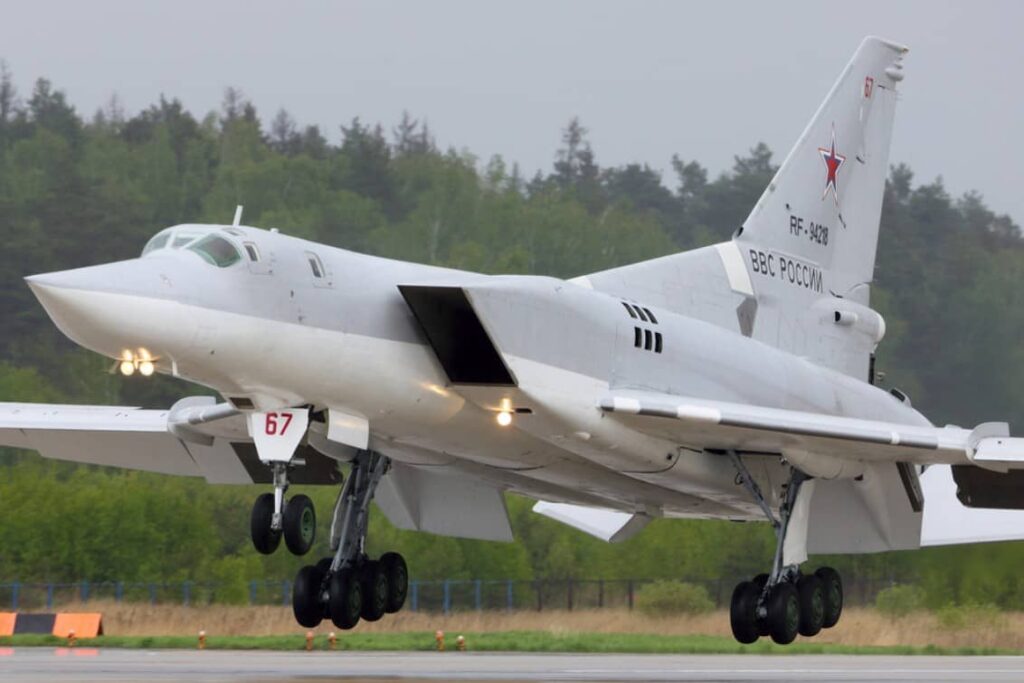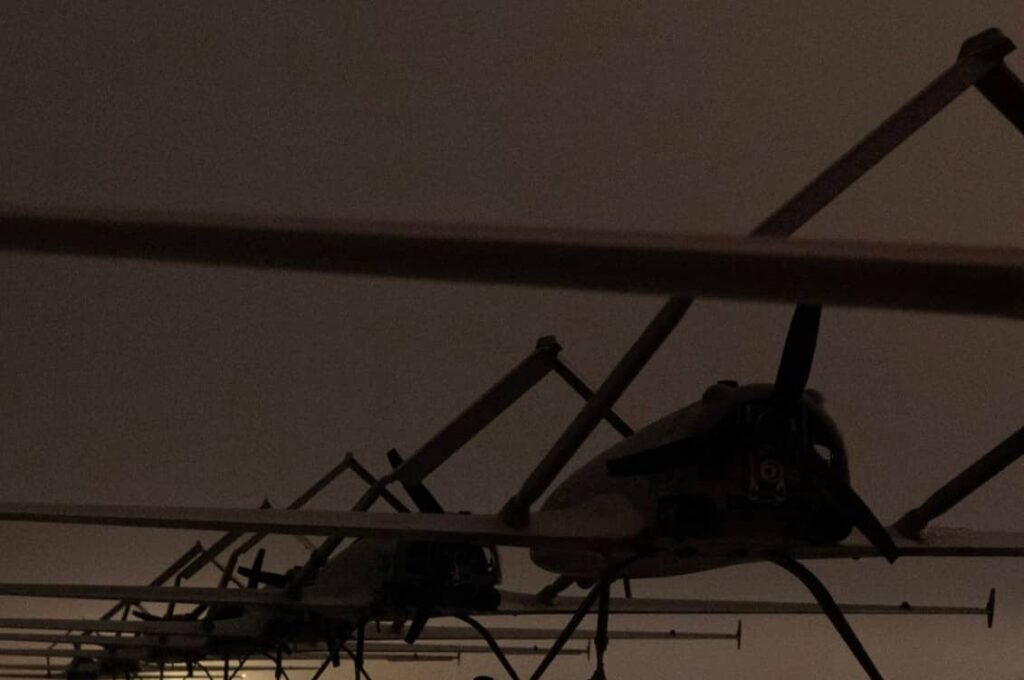Russian Forces Ramp Up Use of ‘Unjammable’ Fiber-Optic Drones Deep Within Ukrainian Positions
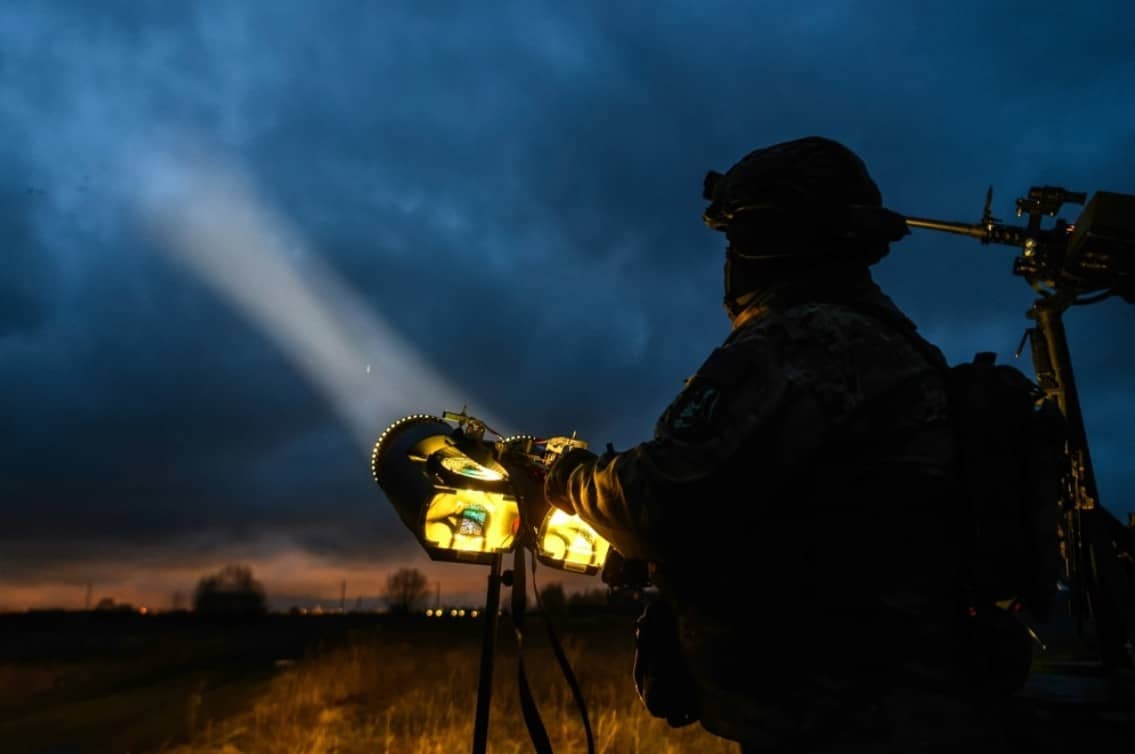
Russian forces have notably ramped up their use of fiber-optic drones, which are now penetrating deep into the Ukrainian positions. These drones, which can travel up to 20 kilometers, allow Russia to cover vast areas and collect crucial intelligence on the locations and movements of Ukrainian forces.
According to reports, Ukrainian military officials reported increased sightings of fiber-optic drones, particularly in regions like Kursk.
🚨 GAME CHANGER ALERT 🚨
— NewsDaily🪖🚨🪖 (@XNews24_7) January 13, 2025
🔥 Russian Fiber-Optic FPV Drones now come with Dual Vision:
🌙 Thermal Imagers for night ops +
☀️ Daytime Cameras for crystal-clear visuals!
🎥 HD Footage that laughs in the face of Electronic Jamming!
This tech leap means the battlefield changes… pic.twitter.com/SQpBj5Hua7
Since Ukraine’s surprise cross-border incursion into Kursk in August last year, Russia has been struggling to regain control of the region. Ukraine still holds about half of the captured territory and launched a new push in Kursk just a week ago. Analysis suggests that given the intense electronic warfare (EW) in the area, Russia’s use of fiber-optic drones seems like a logical response.
Unlike conventional drones, fiber-optic drones communicate with their operators through an optical fiber cable that unspools as the drone flies. This connection ensures a stable, interference-free signal, even in areas saturated with EW systems.
Captured drones have revealed the use of commercial-grade optical transceivers paired with kilometers of cable, enabling them to avoid electronic jamming.
The drones transmit high-resolution images and videos in real-time, offering a tactical advantage in monitoring enemy activities while remaining undetectable by traditional signal-tracking methods.
Ukraine is actively working to develop its own fiber-optic drone technology to counter the growing threat.
“The enemy continues to increase its capabilities in the use of drone control technologies via fiber optics, so it is extremely necessary to level its advantages,” Ukraine’s Chief of the Unmanned Aerial Systems Department of the Ministry of Defense, Lieutenant Colonel Yevgeny Tkachenko said.
The Ukrainian drone development group Dronarnia recently released a video showcasing Ukraine’s own version of a small FPV (First Person View) quadcopter, controlled via a fiber-optic link. Currently, its range is one kilometer, though this is expected to increase in the future.
Ukraine group is testing a #drone called "Banderyk-Strichka" that uses #fibreoptics to transmit the video & control signals. They state the range is only 1 km but I assume that can be made much larger. This drone would be invisible to electronic warfare.https://t.co/nVEATjo5xF pic.twitter.com/bSbw4witnT
— DanielR (@DanielR33187703) March 17, 2024



